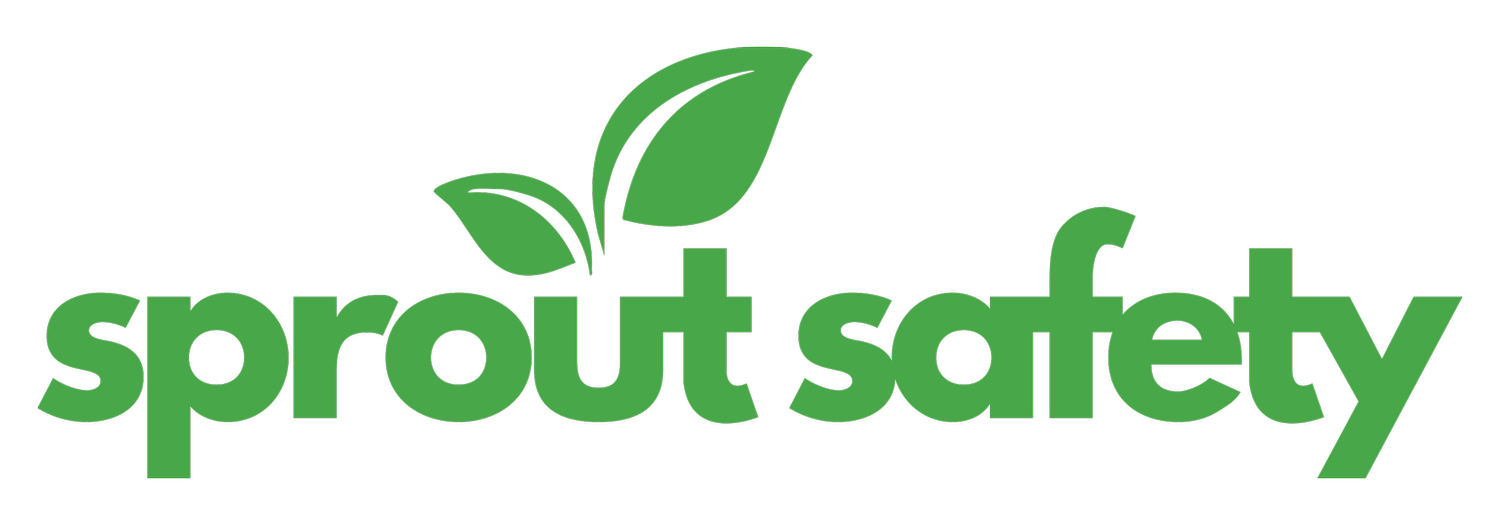 Image 1 of 1
Image 1 of 1


Psychosocial Safety
Theory to Action: Psychosocial Risk Management
Today's workplace challenges extend beyond physical safety. With evolving legislation recognizing psychological injuries and psychosocial hazards, organizations need practical strategies to identify and manage these risks effectively. This 90-minute session transforms ISO 45003 principles and international best practices into straightforward solutions you can implement within your existing safety frameworks.
Key Topics
Psychosocial Hazard Identification: Systematic methods to recognize workplace factors that can harm psychological health
Risk Assessment Methodology: Structured approaches to evaluate severity, frequency, and exposure to psychosocial risks
Hierarchy of Controls Application: How to adapt established safety principles specifically for psychosocial hazards
The GRO™ Framework: A practical approach to Guard against harm, Respect diversity, and Optimize wellbeing
Control Effectiveness Metrics: Developing measurable indicators to evaluate the impact of your interventions
International Compliance Standards: Understanding requirements based on ISO 45003 and Australian Codes of Practice
Integration with Existing Systems: Incorporating psychosocial risk management into current safety frameworks
High-Risk Zone Identification: Recognizing areas in your organization with elevated psychosocial hazard potential
Accountability Systems: Creating clear responsibilities and follow-through mechanisms at all levels
Implementation Roadmap: Step-by-step guidance to move from assessment to effective action
This session is for you if you have responsibilities for managing people, developing workplace policies, or creating a safe workplace culture. This includes managers, HR professionals, safety coordinators and organizational leaders looking to create healthier, more productive work environments.
After completing registration you’ll receive a meeting invitation to the webinar
Theory to Action: Psychosocial Risk Management
Today's workplace challenges extend beyond physical safety. With evolving legislation recognizing psychological injuries and psychosocial hazards, organizations need practical strategies to identify and manage these risks effectively. This 90-minute session transforms ISO 45003 principles and international best practices into straightforward solutions you can implement within your existing safety frameworks.
Key Topics
Psychosocial Hazard Identification: Systematic methods to recognize workplace factors that can harm psychological health
Risk Assessment Methodology: Structured approaches to evaluate severity, frequency, and exposure to psychosocial risks
Hierarchy of Controls Application: How to adapt established safety principles specifically for psychosocial hazards
The GRO™ Framework: A practical approach to Guard against harm, Respect diversity, and Optimize wellbeing
Control Effectiveness Metrics: Developing measurable indicators to evaluate the impact of your interventions
International Compliance Standards: Understanding requirements based on ISO 45003 and Australian Codes of Practice
Integration with Existing Systems: Incorporating psychosocial risk management into current safety frameworks
High-Risk Zone Identification: Recognizing areas in your organization with elevated psychosocial hazard potential
Accountability Systems: Creating clear responsibilities and follow-through mechanisms at all levels
Implementation Roadmap: Step-by-step guidance to move from assessment to effective action
This session is for you if you have responsibilities for managing people, developing workplace policies, or creating a safe workplace culture. This includes managers, HR professionals, safety coordinators and organizational leaders looking to create healthier, more productive work environments.
After completing registration you’ll receive a meeting invitation to the webinar


